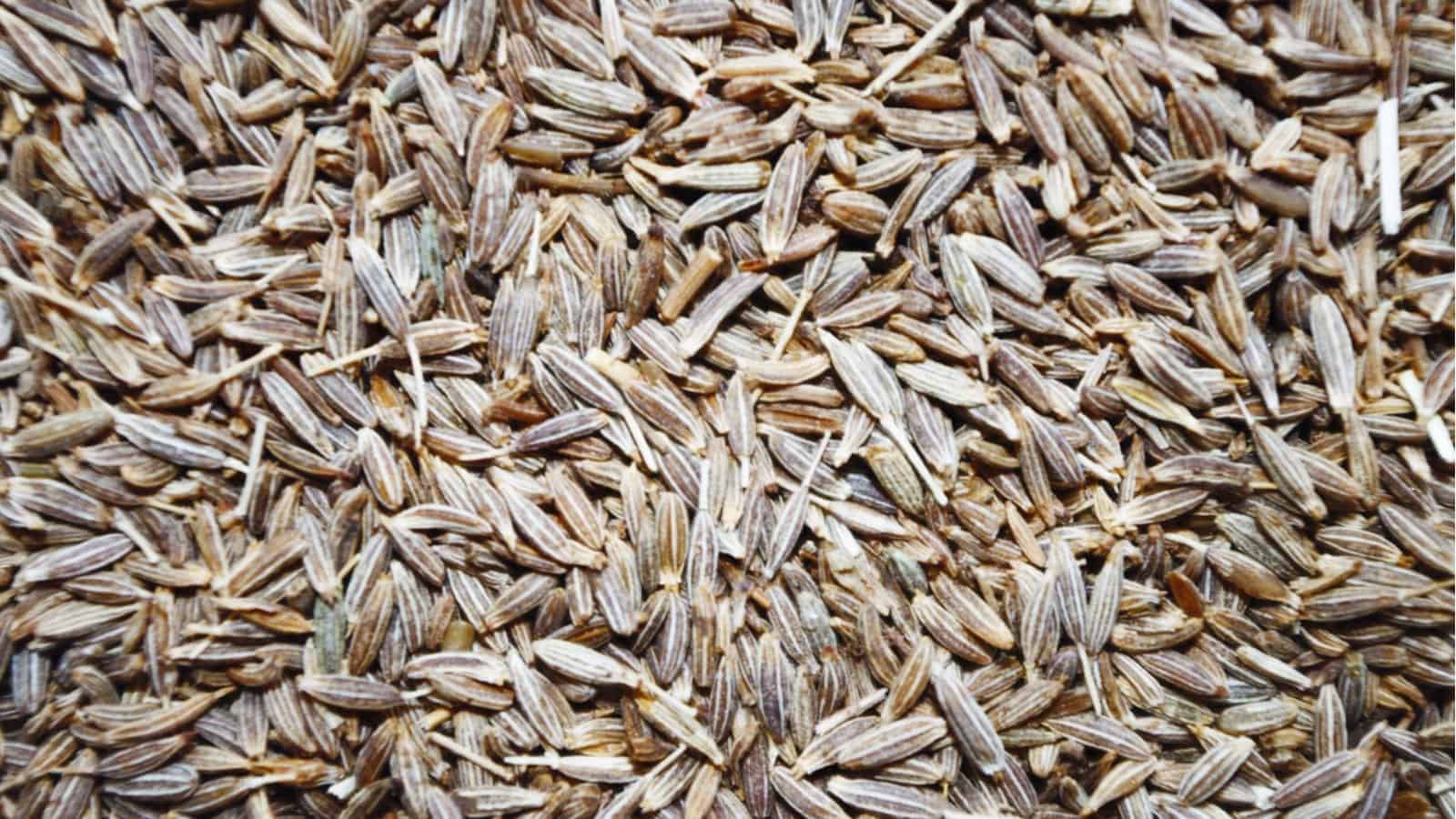Cumin is one of the most popular Mexican spices. The seasoning has a distinctive bittersweet taste and aroma. The Cumin plant (Cuminum cyminum) is in the same family as carrots (Apiaceae). The seeds harvested from the plant create a pungent spice.
Cumin Flavor
Cumin has a distinct bittersweet taste and smell. Cumin is used as a spice for its uniqueness and aromatic taste. The delicious and versatile Cumin spice is now one of the most commonly used spices around the globe, right after salt, chilies, and black pepper.
Due to the slightly bittersweet taste of Cumin, it will balance out the heat of chili powder, and it will also enhance the flavor of garlic.
Whole seeds give a nutty flavor and distinctive aroma. If you use whole cumin just remember that whole Cumin seeds need to be toasted to reach the best flavor.
Cumin is used in many savory dishes, like stews, meat, fish, salads, and vegetables.
Types of Cumin
Cumin plants are drought tolerant and cultivated in hot and dry climates. There are different varieties of Cumin, like black Cumin, green Cumin, and white Cumin are available according to cultivation condition and area.
You can buy Cumin spice as whole seeds or grounded powder.
Still, the brownish-yellow color cumin is the most common. You can compare the Cumin shape with fennel, aniseed, and dill. Cumin is available in grounded, powdered, and whole seed form as required by different recipes.
Fun Fact: The Cumin plant completes its growth cycle in about 100 days and grows to approximately 12-21 inches in height.
How to Use Cumin
Cumin is an essential flavoring in many recipes, particularly Middle Eastern, Southwest Asian, Northern African and Latin American cuisines. Cumin is also a vital ingredient in barbecue sauce, baked beans, fried vegetables, soups, and various fish and meat recipes.
The use of Cumin in recipes depends upon the nature and cooking method of recipes. If you are using it in soups then use whole seeds at the initial stage to allow the spice to release the aroma. You can also sprinkle ground cumin on salads and in yogurt, or use it to marinate fish and chicken.
Cumin Substitutes
If you lack Cumin in your spice rack, then don’t worry, there are few other options available. You can use caraway seeds (½ measurement), grounded coriander (½ measurement), garam masala, curry powder, and taco seasoning as a substitute for cumin in many recipes.
Does Cumin Spice Go Bad?
Cumin doesn’t expire, but it will eventually lose its essence and aroma faster if it isn’t stored properly. You can store the spice to preserve its flavor for extended periods up to 3-4 years if you follow some basic storage tips.
- Store Cumin as a whole seed in an airtight jar or container
- If you’re going to store it as a ground powder, then first put it inside a sealed plastic bag and then put it in the jar to help preserve the taste longer
- Keep it in a dark and dry place away from direct sunlight and heat
Cumin Origin
Where does cumin come from originally? This popular spice is native to the Middle East and Southwest Asia but is now used around the globe in the cuisines of many cultures.
Cumin is the fundamental ingredient in middle eastern cuisine, along with Indian and Pakistanian recipes. Over time, the spice has eventually found its way into Mexican and South American cuisine and is now a popular favorite worldwide.
Other Names
Cumin also is commonly known by other names such as jeera, zeera, and comino.
Conclusion
Cumin is a good seasoning for every dish due to its unique yet versatile flavor profile, aromatic taste, and delightful texture. Cumin can improve the taste of almost any meal.

